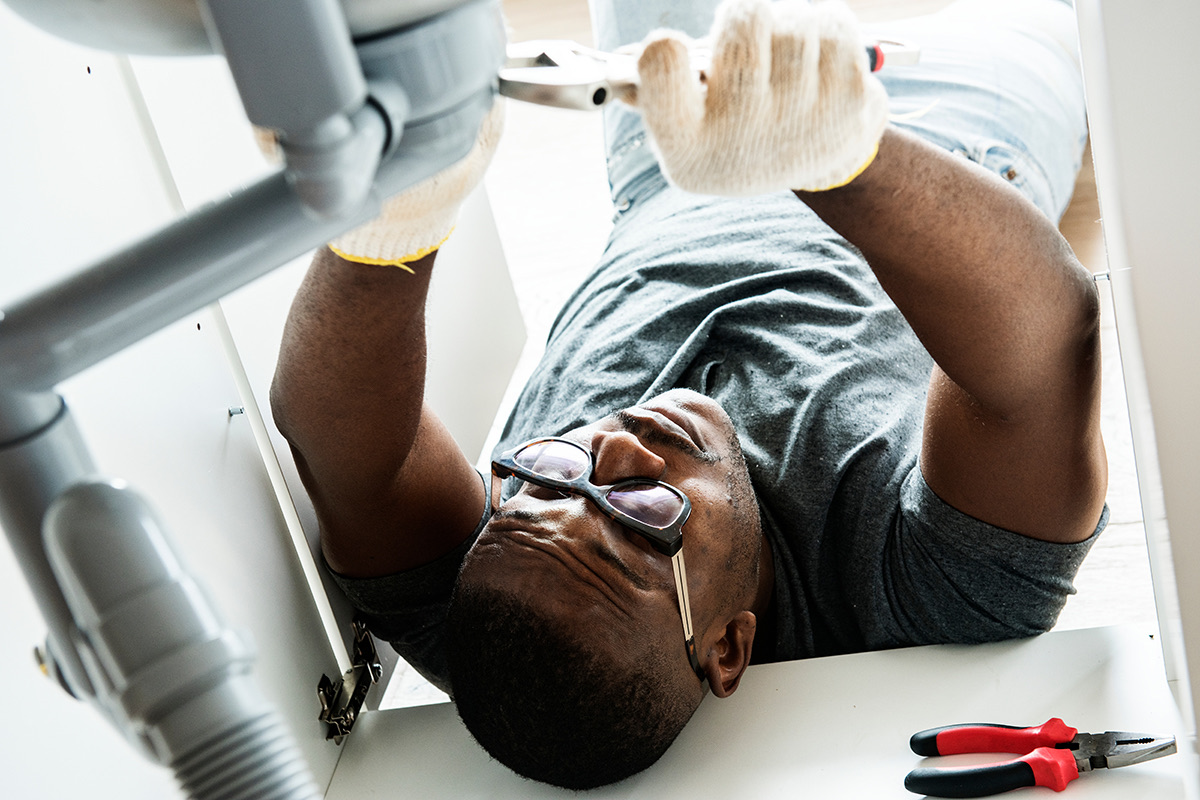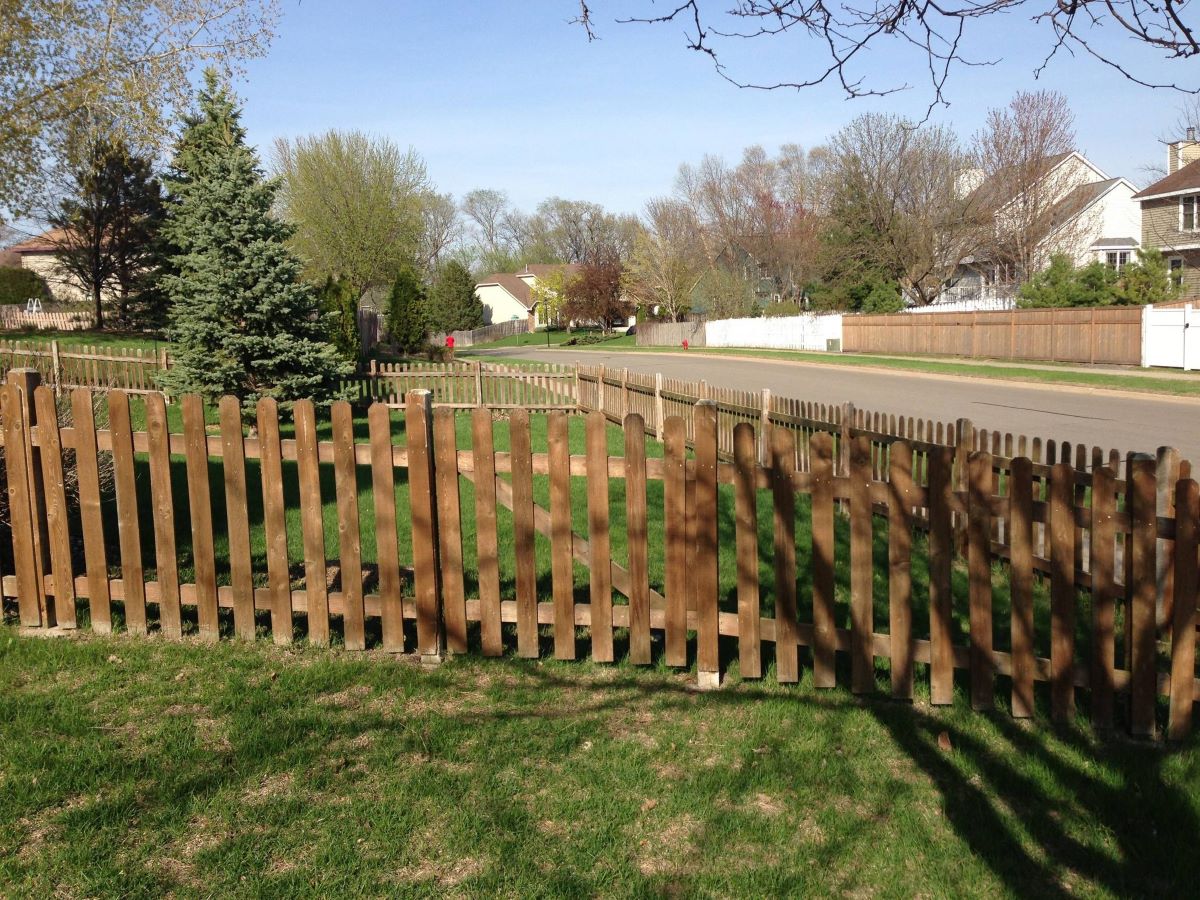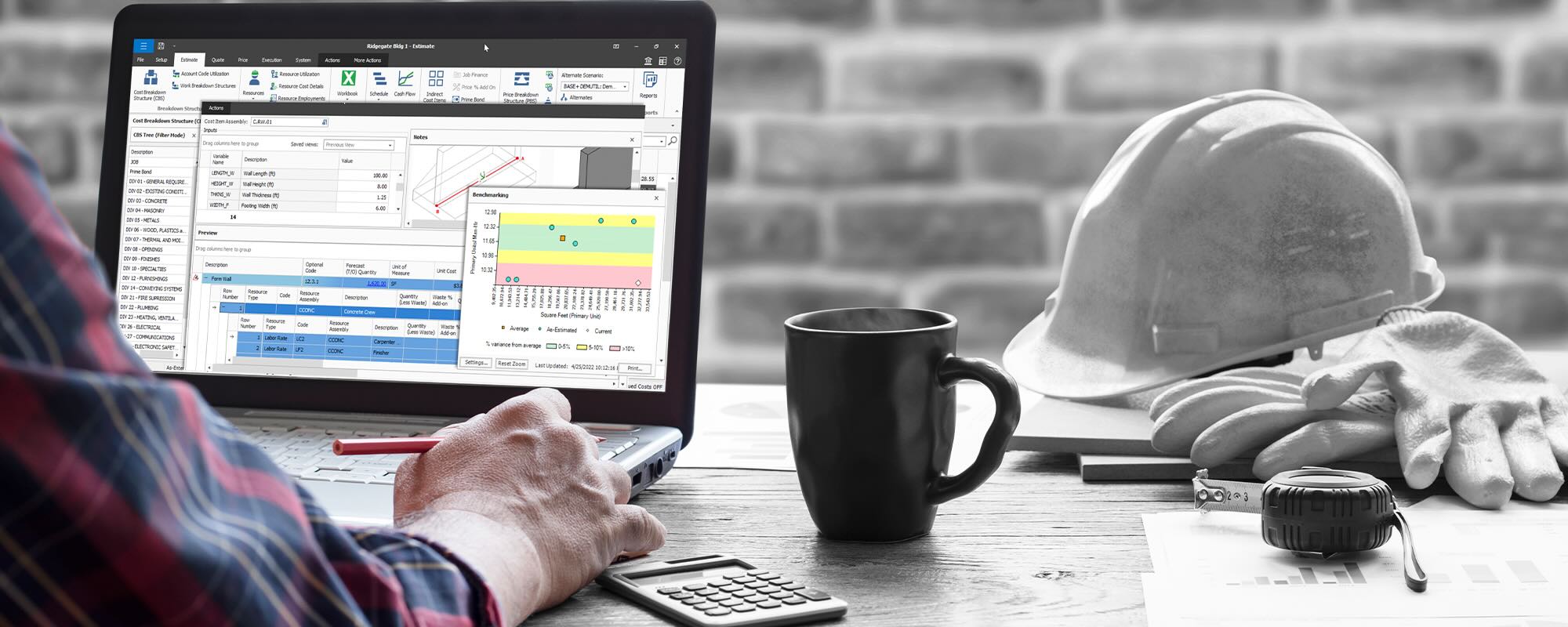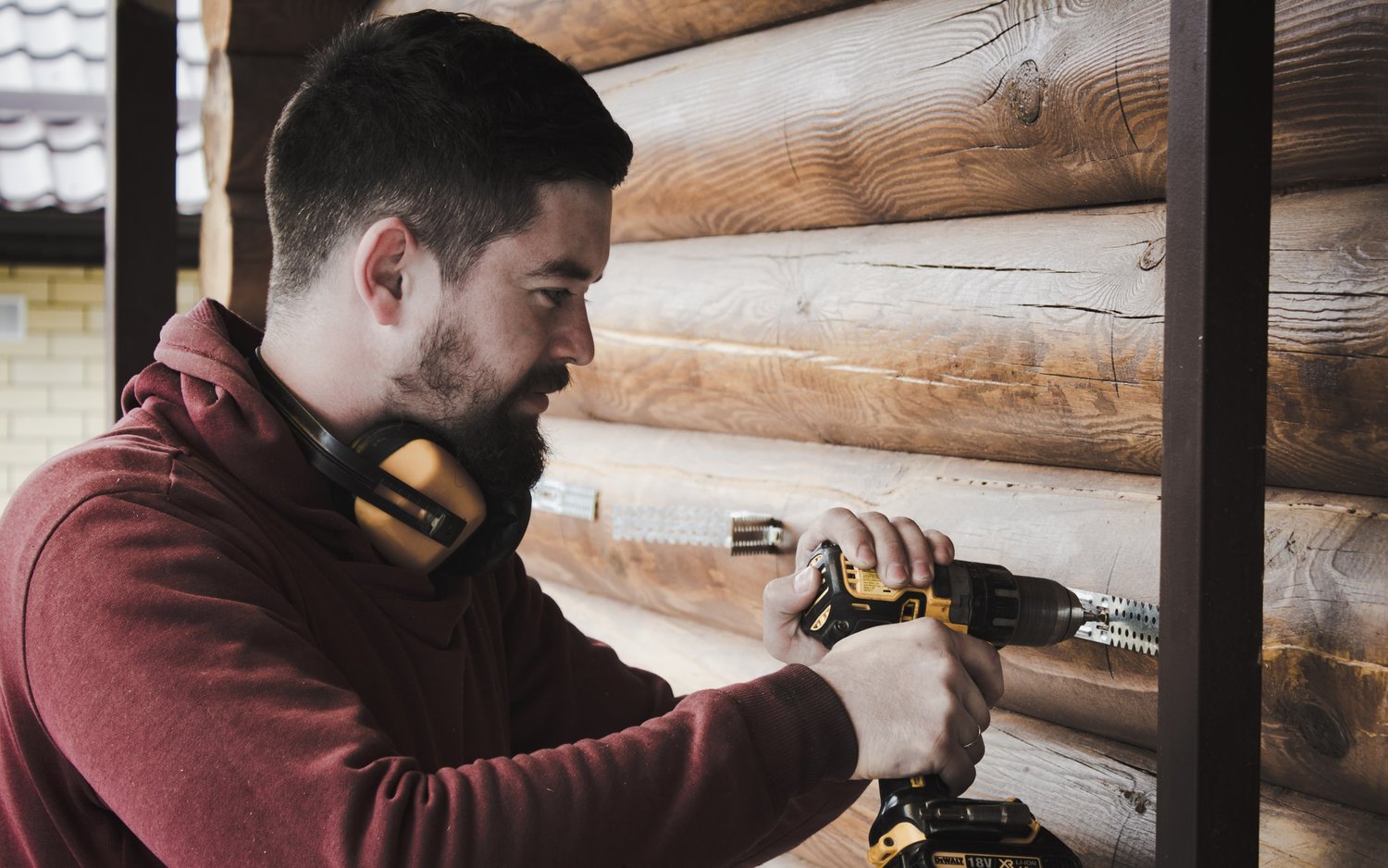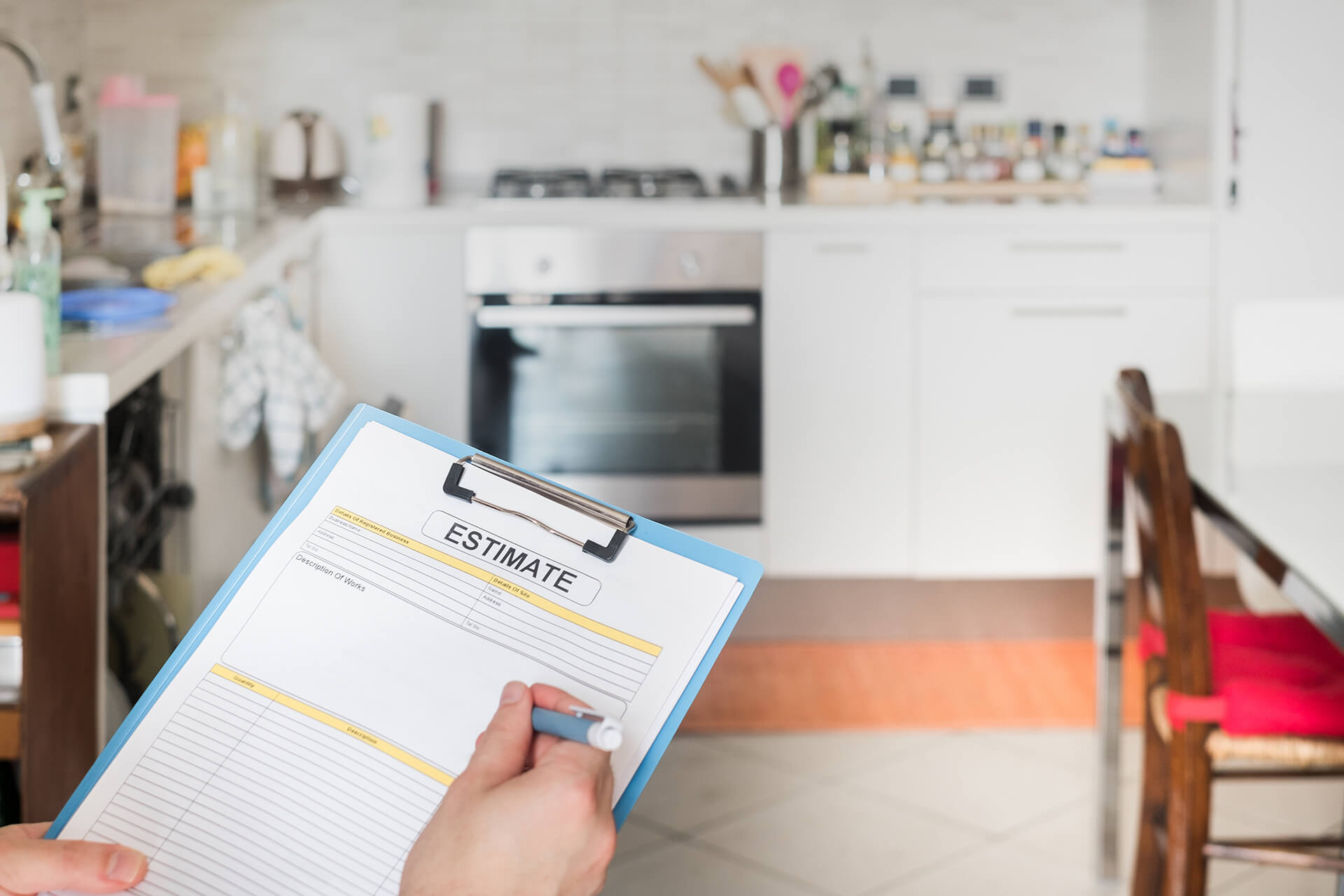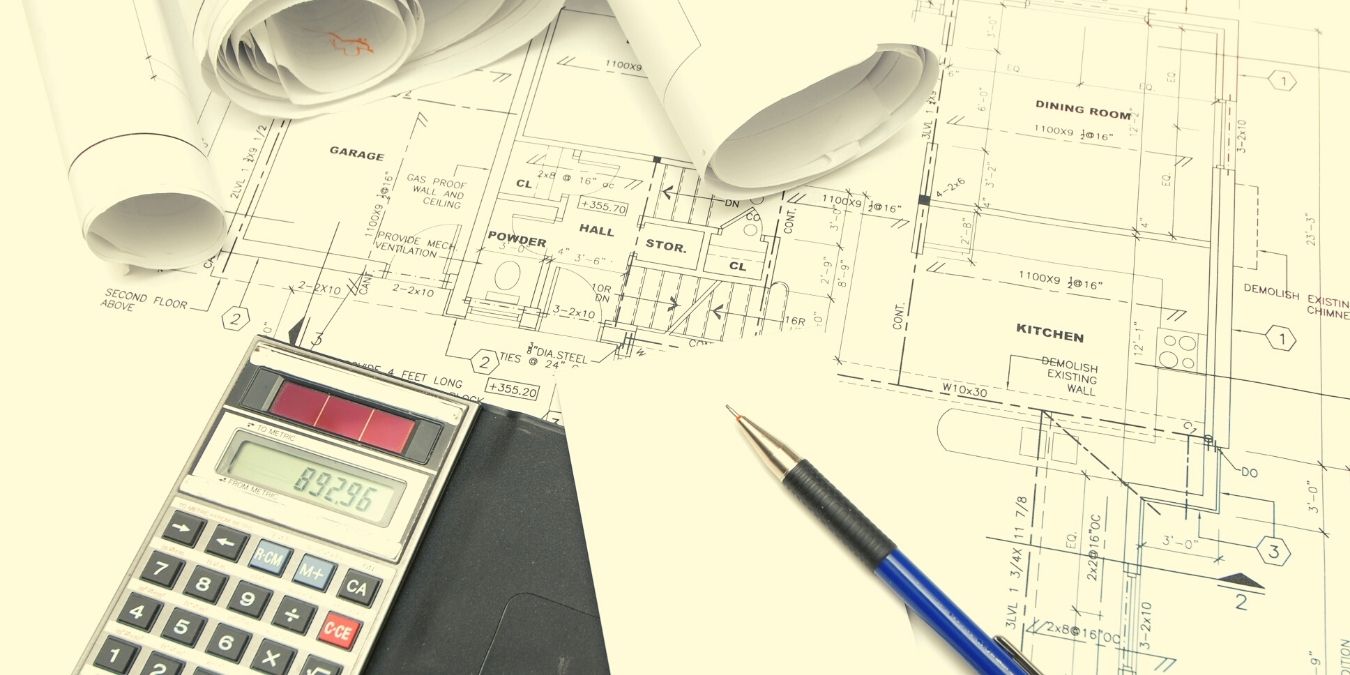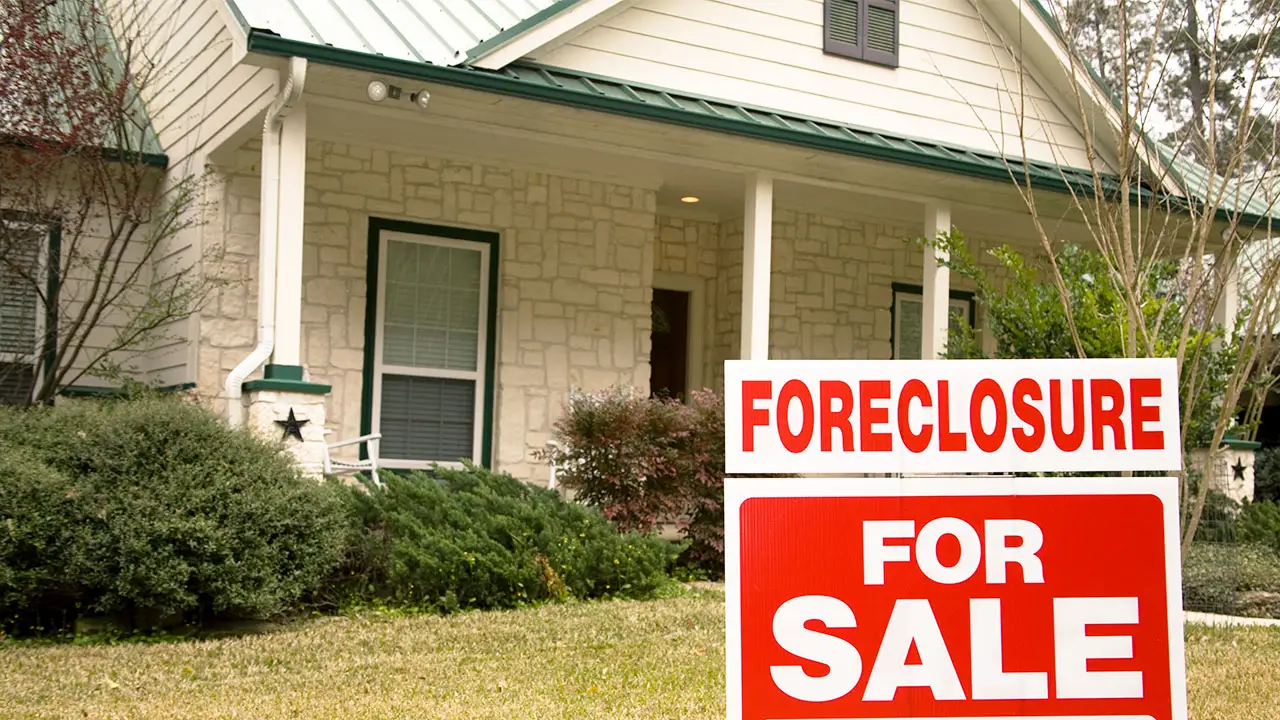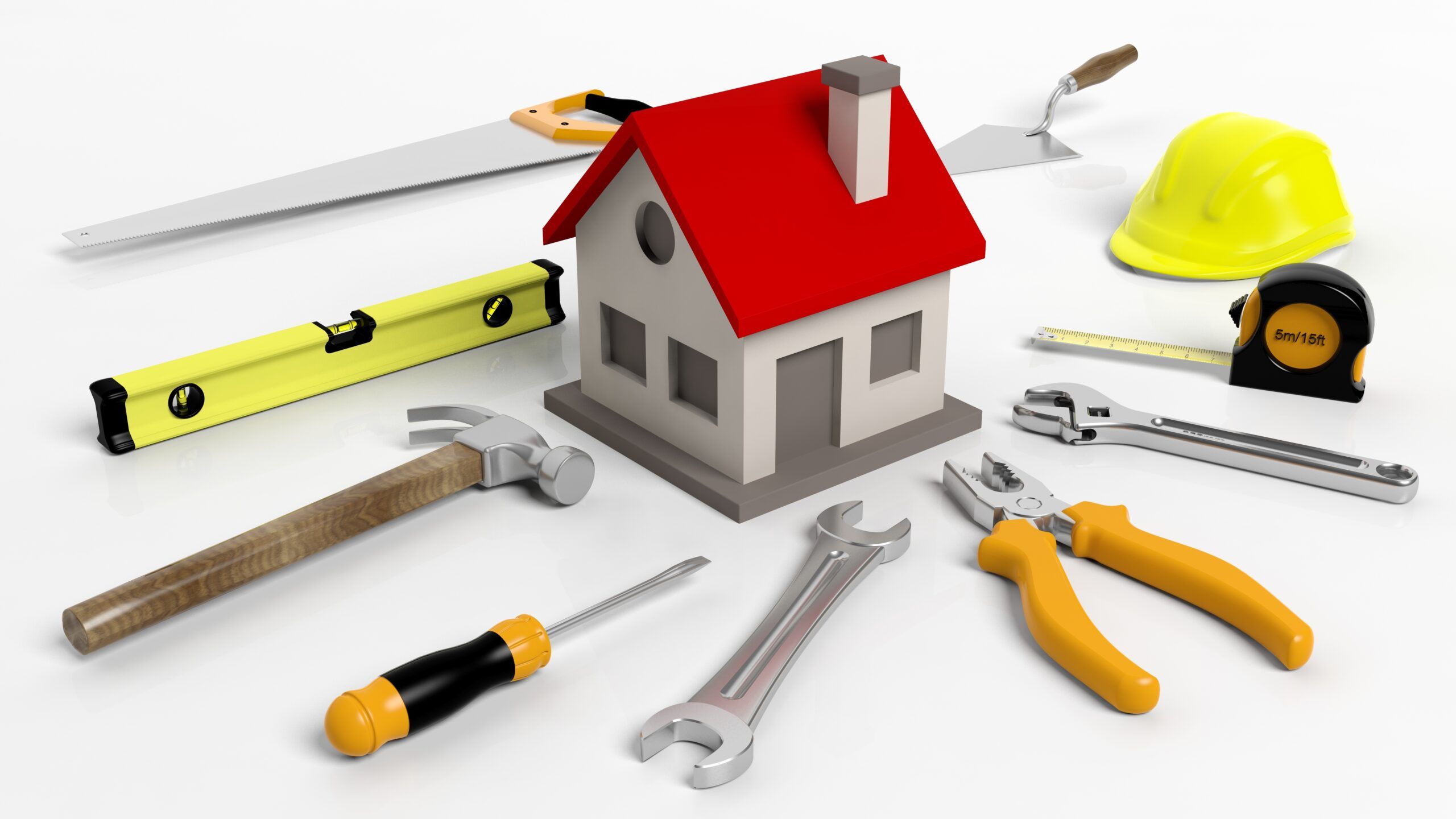Home>Home Maintenance>How To Do A Home Repair Estimate


Home Maintenance
How To Do A Home Repair Estimate
Modified: March 6, 2024
Learn how to accurately estimate the cost of home repairs with our step-by-step guide to home maintenance. Save time and money by gaining the skills to calculate accurate repair estimates.
(Many of the links in this article redirect to a specific reviewed product. Your purchase of these products through affiliate links helps to generate commission for Storables.com, at no extra cost. Learn more)
Introduction
Welcome to our comprehensive guide on how to do a home repair estimate. If you are a homeowner or a professional in the home maintenance industry, knowing how to accurately assess and estimate the cost of repairs is essential. Whether you are dealing with a small repair or a major renovation project, having a clear understanding of the process will help you plan and budget effectively.
When it comes to home repairs, it’s important to have a solid estimate to avoid any unexpected costs or delays. An accurate estimate allows homeowners to make informed decisions, hire the right professionals, and ensure that the repairs are done efficiently and within budget.
In this article, we will walk you through the step-by-step process of creating a home repair estimate. From assessing the damage to researching materials and labor costs, we will cover everything you need to know to ensure a thorough and accurate estimate. So, without further ado, let’s dive in!
Key Takeaways:
- Assess the damage thoroughly, document it with photos, and understand the cause and severity. This sets the foundation for an accurate home repair estimate, helping homeowners plan and budget effectively.
- Gather detailed information on materials, labor costs, and additional expenses. Research prices, quality, and get multiple labor quotes to provide a comprehensive and competitive home repair estimate.
Read more: How To Do An Estimate For Construction
Step 1: Assessing the Damage
The first step in creating a home repair estimate is to assess the extent of the damage. Whether it’s a leaky roof, a cracked foundation, or a malfunctioning plumbing system, it’s crucial to understand the scope of the repair needed. Here are a few key points to consider during the assessment process:
- Inspect the affected area: Thoroughly examine the area that requires repair. Look for visible signs of damage, such as cracks, leaks, or structural issues. Take note of any additional problems that may be discovered during the inspection.
- Document the damage: Take clear photographs and notes of the damage. Documenting the condition of the area will help you provide a visual representation to the homeowner and any contractors you may hire.
- Determine the cause: Identify the root cause of the damage. Understanding why the problem occurred will enable you to address it effectively and prevent future issues. Consider factors like weather conditions, age of the materials, or any previous repairs that might have been done.
- Assess the severity: Evaluate the severity of the damage. Determine whether it’s a minor repair that can be fixed with simple repairs, or if it requires extensive work and replacement of materials.
- Evaluate potential risks: Identify any potential risks or hazards associated with the repair. For example, if you’re dealing with electrical or plumbing issues, consider safety precautions that need to be taken during the repair process.
By thoroughly assessing the damage, you will have a clear understanding of what needs to be repaired and the complexity of the job. This step lays the foundation for the rest of the estimation process and ensures that you can provide an accurate and realistic estimate to the homeowner.
Step 2: Gathering Necessary Information
Once you’ve assessed the damage, the next step in creating a home repair estimate is to gather all the necessary information. This includes collecting details about the materials required, the labor involved, and any additional expenses that may come into play. Here’s what you need to do:
- Measurements and specifications: Take accurate measurements and gather specifications of the area that needs repair. This includes dimensions, materials used, and any specific requirements.
- Research on materials: Identify the materials needed for the repair. Research the cost and availability of these materials, and consider factors like quality, durability, and suitability for the project.
- Obtain labor costs: Estimate the labor costs involved in the repair. Take into account the time taken for the repair, the skill level required, and the prevailing rates for labor in your area. You may need to consult with contractors or experts in the industry to get accurate labor cost estimates.
- Consider additional expenses: Take into account any additional expenses that may be involved in the repair. This could include permits, subcontractor fees, equipment rentals, or disposal fees for waste materials. Don’t forget to factor in sales tax if applicable.
- Research prices: Research the market prices for the materials and services required. Take note of any discounts or promotions that may be available. This will help you provide a more accurate estimate to the homeowner.
Gathering all the necessary information ensures that your estimate is detailed and comprehensive. It also allows you to provide the homeowner with a breakdown of the costs involved, making it easier for them to understand and make decisions based on their budget and preferences.
Step 3: Researching materials and labor costs
Once you have gathered the necessary information, it’s time to dive into researching materials and labor costs. This step is crucial in creating an accurate and competitive home repair estimate. Here’s how you can go about it:
- Compare prices: Research and compare prices from multiple suppliers for the materials needed for the repair. Check both online and local stores to get a better idea of the market rates and any discounts that may be available.
- Consider quality and durability: Don’t just focus on the cost; also consider the quality and durability of the materials. Using high-quality materials may result in a longer-lasting repair, which can save the homeowner money in the long run.
- Get multiple labor quotes: Reach out to different contractors or professionals in the industry to get multiple labor quotes. Take note of their experience, reputation, and customer reviews when selecting the right professionals for the job.
- Ask for references: Request references from contractors to ensure their previous work matches the quality and standards you require. Contact previous clients and inquire about their experience working with the contractor.
- Consider the time factor: Take into account the time required to complete the repair when researching labor costs. Some contractors may charge more for projects that have a tight deadline or require overtime work.
- Factor in additional costs: Don’t forget to include any additional costs, such as permits, subcontractor fees, or disposal fees, in your research. These can significantly impact the overall estimate.
Researching materials and labor costs ensures that you have a clear idea of the expenses involved in the repair. It allows you to provide the homeowner with a competitive estimate while maintaining the quality and integrity of the work.
When doing a home repair estimate, make sure to thoroughly assess the scope of work, consider all materials and labor costs, and factor in any unexpected expenses. It’s important to be detailed and accurate to avoid any surprises during the project.
Step 4: Calculating the Repair Estimate
Now that you have assessed the damage, gathered the necessary information, and researched materials and labor costs, it’s time to calculate the repair estimate. This step involves carefully evaluating all the factors and putting together a comprehensive estimate. Here’s how you can go about it:
- Break down the costs: Start by breaking down the costs into different categories, such as materials, labor, and additional expenses. This will make it easier to present the estimate to the homeowner and ensure transparency.
- Calculate material costs: Calculate the total material costs based on the research you conducted. Add up the prices of all the materials required for the repair, including any taxes or delivery fees.
- Calculate labor costs: Take the labor quotes you obtained from different contractors and calculate the total labor costs. Multiply the labor rate by the estimated number of hours required for the repair.
- Add additional expenses: Include any additional expenses, such as permits or subcontractor fees, in the estimate. Remember to factor in any contingencies or unexpected costs that may arise during the repair process.
- Consider profit margin: Determine a fair profit margin for your services. This allows you to cover your overhead costs and ensure a reasonable return on investment.
- Present the estimate: Once you have calculated all the costs, present the estimate to the homeowner in a clear and organized manner. Break down the costs, explain the process, and answer any questions they may have.
Calculating the repair estimate requires attention to detail and careful consideration of all the factors involved. It’s important to provide an accurate and transparent estimate to maintain trust with the homeowner and establish a solid working relationship.
Read more: What Do Construction Estimators Do
Step 5: Presenting the Estimate to the Homeowner
After calculating the repair estimate, it’s time to present it to the homeowner. This step is crucial in gaining their trust and ensuring a smooth understanding of the proposed work and associated costs. Here are some guidelines on how to present the estimate effectively:
- Prepare a professional document: Create a professional-looking estimate document that includes all the details of the repair. Use a clear and easy-to-understand format to present the costs, breakdowns, and any terms and conditions.
- Explain the estimate: Take the time to sit down with the homeowner and explain the estimate in detail. Highlight each aspect of the repair, the materials to be used, and the labor involved. Address any concerns or questions they may have.
- Clarify the timeline: Clearly communicate the timeline for the repair. Let the homeowner know how long the repair is expected to take and if there will be any disruptions to their daily routine.
- Discuss payment terms: Discuss the payment terms with the homeowner. Clearly outline the deposit, progress payments, and final payment expectations. Make sure both parties are aligned on the terms before moving forward.
- Provide alternatives or options: If there are multiple ways to address the repair, offer alternatives or options to the homeowner. This shows that you have considered their needs and preferences and allows for flexibility in decision-making.
- Address any changes or contingencies: If there are any potential changes or contingencies that may affect the estimate, be transparent and address them upfront. This helps avoid any surprises or misunderstandings down the line.
By effectively presenting the estimate to the homeowner, you build trust and ensure that both parties are on the same page regarding the repair work and associated costs. A clear and open communication channel will contribute to a successful repair project.
Conclusion
Creating a home repair estimate is a crucial step in ensuring a smooth and successful repair project. By following the steps outlined in this guide, you can accurately assess the damage, gather necessary information, research materials and labor costs, calculate the estimate, and present it to the homeowner effectively.
Remember, an accurate and detailed estimate is essential for both homeowners and professionals in the home maintenance industry. It allows homeowners to make informed decisions, budget effectively, and ensure that their repair needs are met. For professionals, an accurate estimate is important for establishing trust, providing transparent pricing, and ensuring a fair return on investment.
Throughout the estimation process, it’s important to pay attention to detail, conduct thorough research, and maintain open communication with the homeowner. This will help you deliver a comprehensive and accurate estimate while addressing any concerns or questions they may have.
Lastly, keep in mind that each repair project is unique and may require additional steps or considerations. Adapt the process outlined in this guide to suit the specific requirements of the repair you are estimating. By doing so, you will be well-equipped to handle any home repair projects that come your way.
We hope this guide has provided you with valuable insights on how to create a home repair estimate. Remember to approach each estimate with professionalism, knowledge, and a commitment to delivering high-quality work. With these skills and techniques, you can confidently tackle any repair project and ensure the satisfaction of both homeowners and professionals alike.
Frequently Asked Questions about How To Do A Home Repair Estimate
Was this page helpful?
At Storables.com, we guarantee accurate and reliable information. Our content, validated by Expert Board Contributors, is crafted following stringent Editorial Policies. We're committed to providing you with well-researched, expert-backed insights for all your informational needs.
